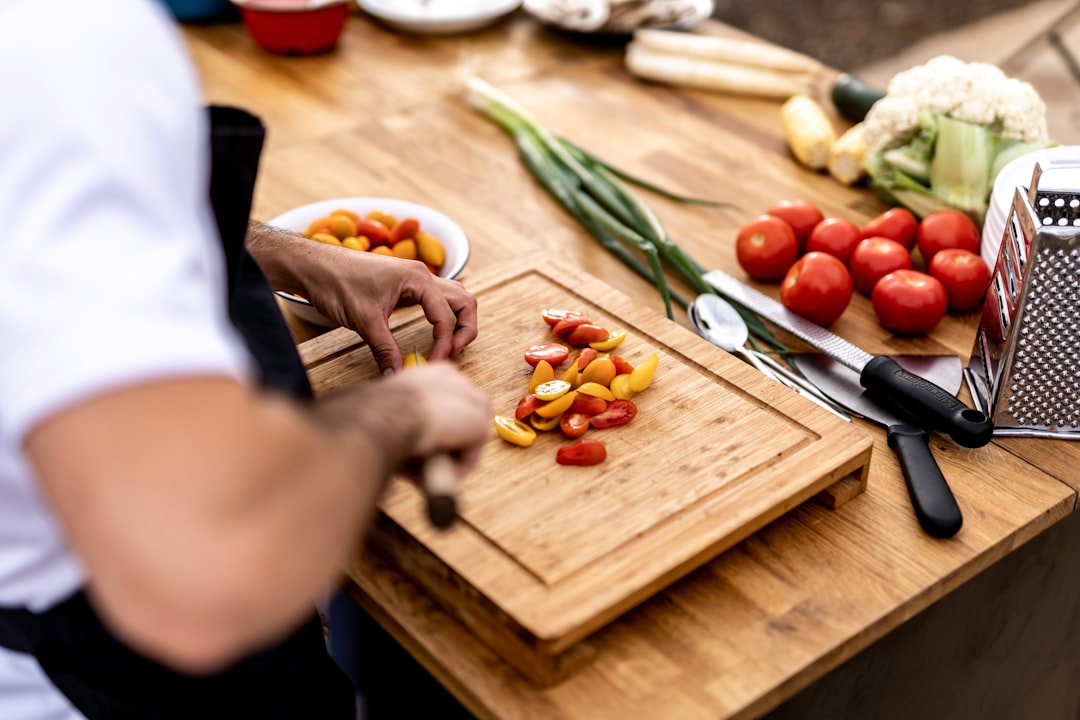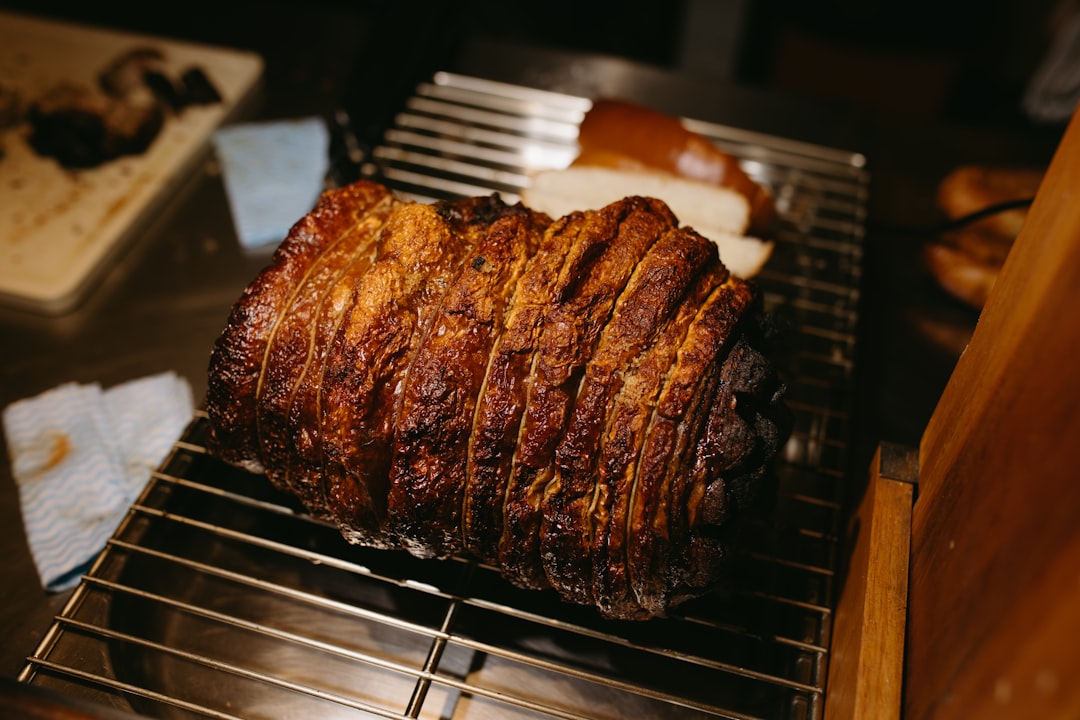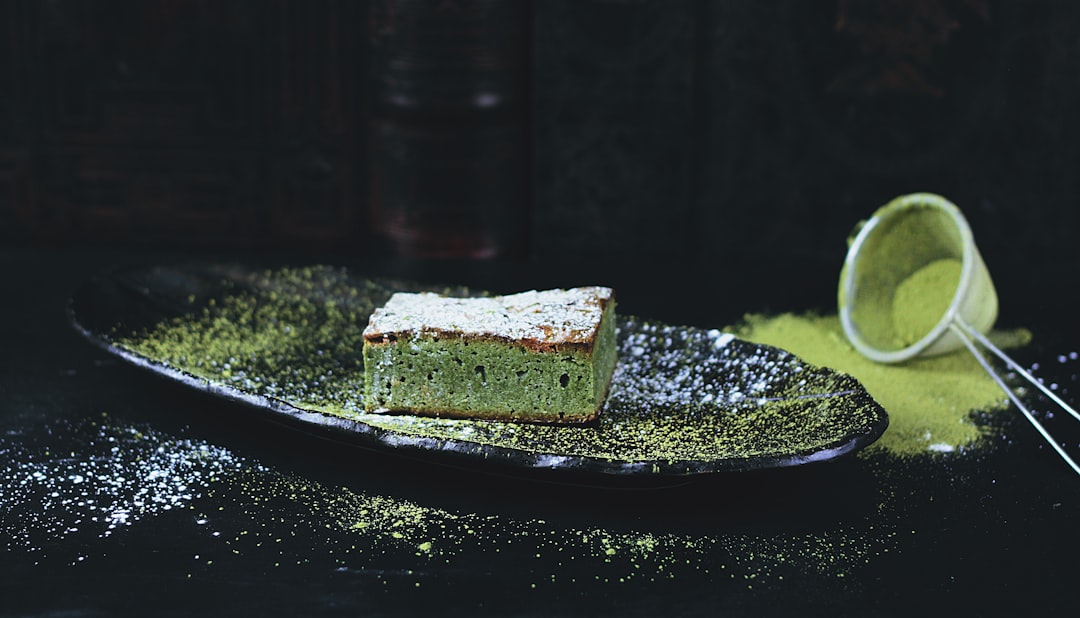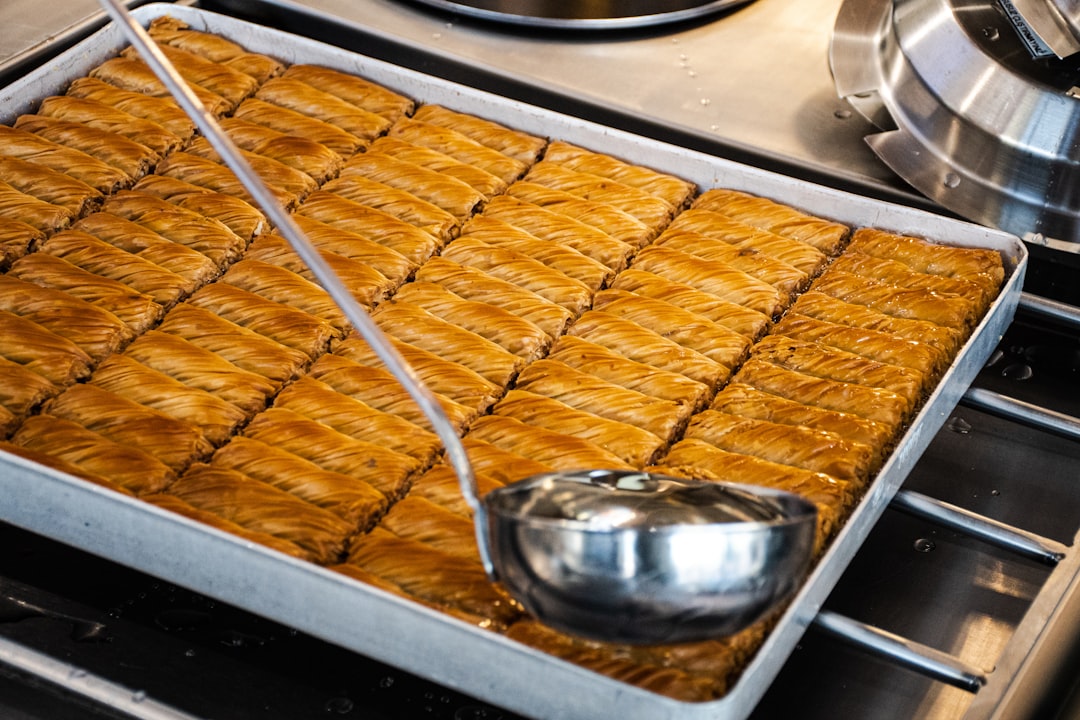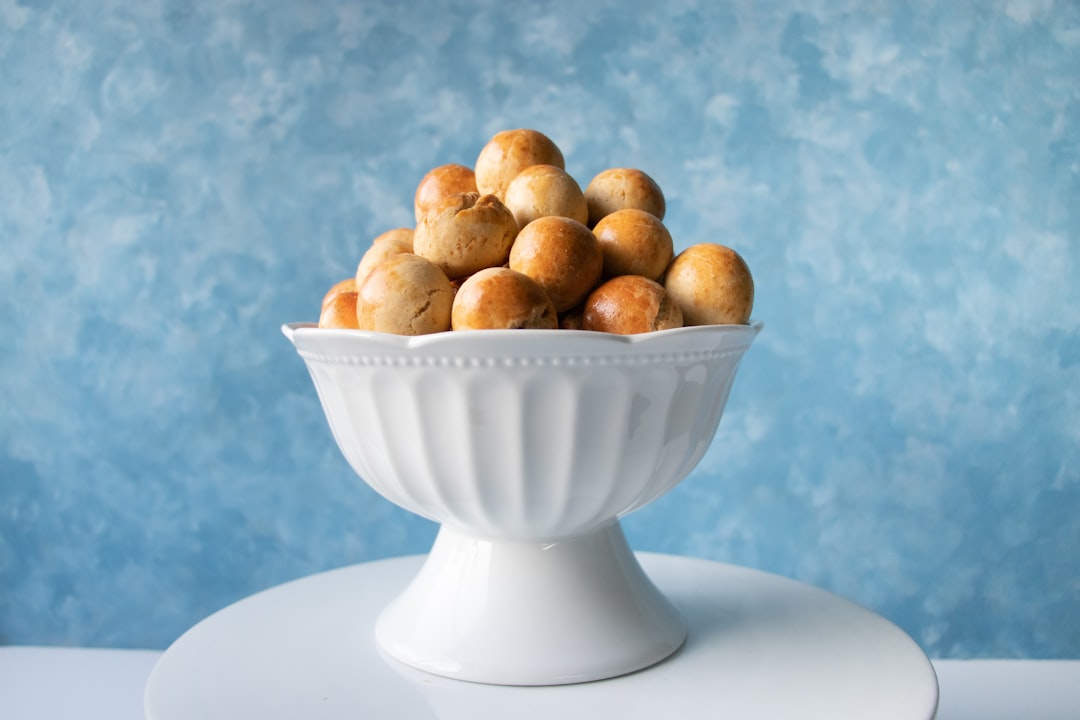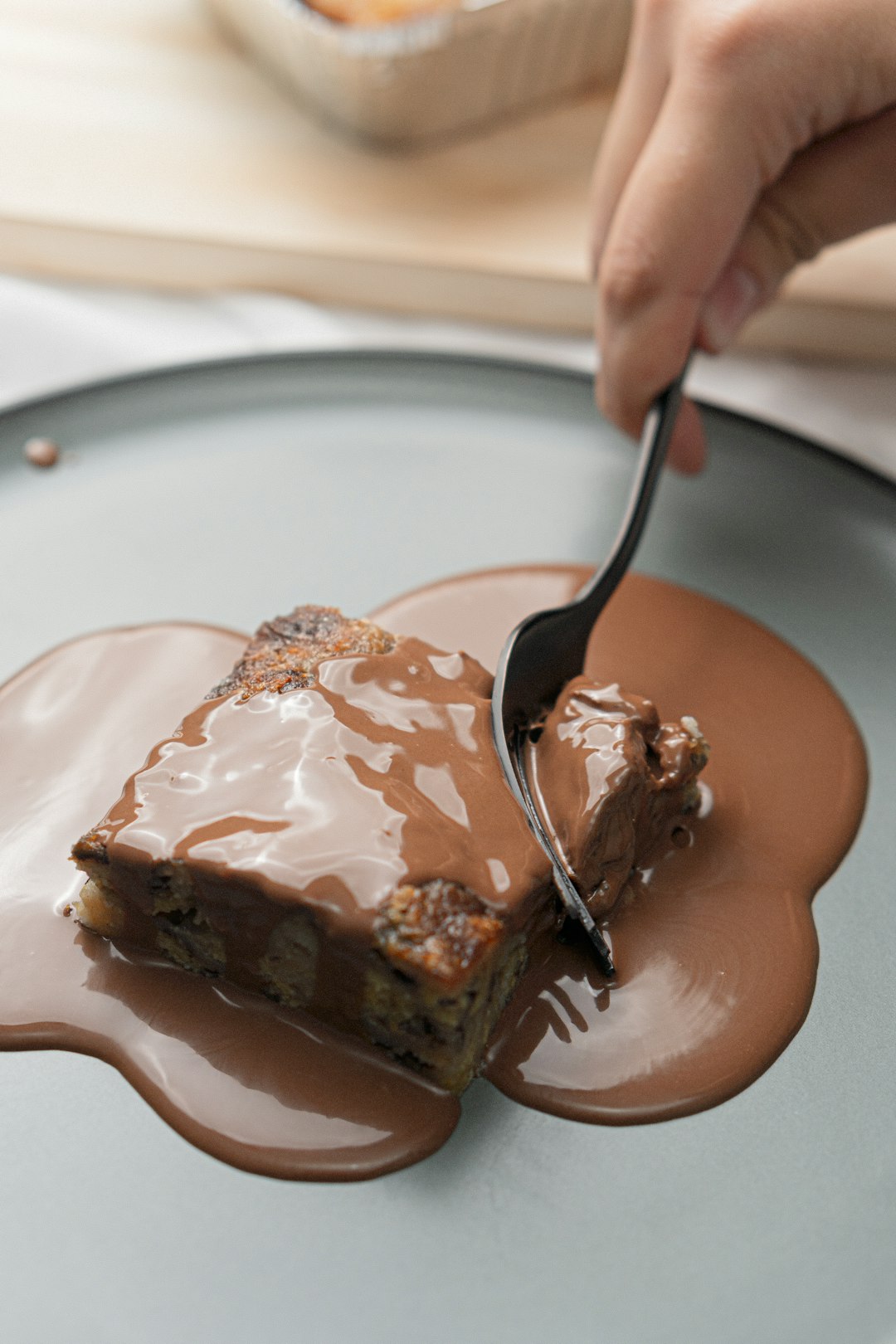
When it comes to the world of desserts and baking, we often focus on the delicious end - products. However, understanding the shelf - life and proper storage of our baking ingredients is just as crucial. While it's relatively easy to tell when milk and meat have gone bad, ingredients such as flour and dried herbs present a more complex challenge.
Let's start with flour, one of the most fundamental baking staples. All - purpose flour, for instance, has a limited lifespan. Unopened, it can last up to a year in a cool, dry pantry. But once the package is opened, the clock starts ticking. The oils in the flour can go rancid over time, which affects the flavor and quality of your baked goods. You might notice a stale or off smell when you open the container. If you see any signs of mold, which can look like small, fuzzy spots, it's an obvious indication that the flour should be tossed.
Whole - wheat flour has an even shorter shelf - life. Since it contains the bran and germ, which are rich in oils, it's more prone to spoilage. Unopened, it can last about 6 - 8 months, and opened, only 3 - 4 months. To extend its life, store it in the refrigerator or freezer. When using frozen flour, let it come to room temperature before incorporating it into your recipes. This helps ensure proper hydration and a better texture in your baked treats.
Dried herbs are another important part of many baking recipes, especially in savory baked goods. These herbs lose their potency over time. A good rule of thumb is that dried herbs are at their best within 1 - 3 years. You can test their freshness by rubbing a small amount between your fingers and smelling them. If the aroma is weak or non - existent, it's time to replace them. Old dried herbs won't add the same depth of flavor to your baking, and they might even impart a slightly bitter taste.
Now, let's talk about sugar. Granulated sugar has an incredibly long shelf - life. It can last indefinitely if stored properly in an airtight container in a cool, dry place. However, brown sugar is a different story. It has a tendency to harden over time because it contains molasses, which attracts moisture. To keep brown sugar soft, you can store it with a slice of bread or a terra - cotta disk that has been soaked in water and dried. If your brown sugar has already hardened, you can place it in a sealed plastic bag with a damp paper towel and microwave it in short intervals until it softens.
Yeast is a living organism, and its viability is crucial for successful baking. Active dry yeast can last about 2 years unopened in the pantry. Once opened, it should be stored in the refrigerator and used within 4 - 6 months. Instant yeast has a similar shelf - life but can be more forgiving. To test if your yeast is still active, you can mix it with warm water and a little sugar. If it foams up within 5 - 10 minutes, it's good to go. If not, it's time for a new package.
Proper storage is key to maintaining the quality of your baking ingredients. Always use airtight containers to keep out moisture, air, and pests. Label your containers with the date of purchase or opening to help you keep track of their freshness. For ingredients that are sensitive to light, such as vanilla extract, store them in dark - colored bottles or in a pantry away from direct sunlight.
In conclusion, being aware of when to toss your baking staples and how to store them correctly can make a significant difference in the outcome of your desserts and baked goods. By following these professional tips, you'll ensure that your baking endeavors are always a success, resulting in delicious treats that everyone will enjoy.

